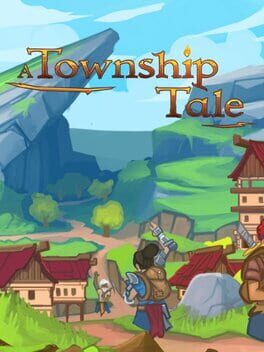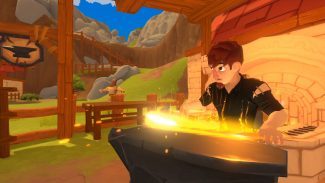

The two cities, one racially mixed, the other homogenous, have become my reference point for a cultural fissure in the Democratic Party that gaped open with the election of Trump. Shaker and Parma have long been of different tribes, though the same political party. To Clevelanders, this split followed a certain logic. But in 2016, Parma voted for Donald Trump, and Shaker didn’t. In a blue-collar part of the country, Parma was almost too blue collar - its flamingos-on-the-lawn, pierogies-in-the-kitchen reputation was so infamously parodied by a local 1960s TV personality that the mayor of Parma called the comedy “a dangerous slur to the community.”įor Cleveland suburbs, Shaker and Parma have little in common other than that, until recently, Democratic presidential candidates could count on their votes.


It was the butt of Cleveland jokes, though. In the course of two decades, Parma’s population grew from 30,000 to more than 100,000. The city’s neat rows of modest houses still speak to the enthusiasm of its post-war suburban sprawl. Parma, a city on the other side of the Cuyahoga River - which bisects Cleveland both geographically and transcendentally - was on the precipice of a wild population sprout in ’49. After one black couple did move to Shaker in the mid-1950s, their newly built home was firebombed in the middle of the night. My paternal grandfather, who was a real estate agent and lived a town over, was sometimes told by sellers in Shaker that they didn’t want their homes shown to any Catholics (like him) or Jews. The city probably wasn’t quite as excited to have them. They were entering their 40s, and that they could buy in tony Shaker carried a certain cachet.

They were the rare Catholics in Shaker Heights, Ohio, a suburb of Cleveland, and they lived at the edge of the city, a few blocks away from a Jesuit college and parish. My maternal grandparents bought the house where I grew up in 1949. I grew up at the top of a hill on the east bank of a river that burned.


 0 kommentar(er)
0 kommentar(er)
